Today, April 22 is Earth Day. The Conservatives in Canada are marking this day with the launch of a portal that will allow the public to have access to sensitive data on the environment, namely the oils sands or tar sands.
This Monday, Alberta Environment Minister Diana McQueen and Peter Kent, the Federal Environment Minister will jointly flick the switch located at the Carleton University in Ottawa to launch the public site. People can now access the environmental research information that measures the environmental conditions in the Athabasca Region in northeastern Alberta, including the quantity and quality of water, land and air.
Problems
In previous years the Canadian Conservatives were not open to the idea of research data on the oil sands be made available to the public, therefore this is good news. It’s a victory for the people who have been rallying for the government of Ottawa to correct the changes made to the environmental oversight.
Extracting oil from the oil sands poses too many problems for the environment, according to critics and concerned citizens. A monitoring system had been set up for more than a year. At that time it is being promoted as an essential tool to persuade the world, and the Canadians in particular, that the oil sands are not the uppermost cause of global warming and pollution. This move of making the data public will give them assurance that the extraction should be welcomed rather than disdained, according to Federal Environment Minister Kent.
There had been threats from overseas to boycott the sale of products from oil sands and even the First Nations have joined environmental groups in clamoring for changes because the oil sands exploration and oil extraction affects the fisheries protection as well as the waterways of Canada.
Pipeline
Another problem that has cropped up is the plan to send the products from the oil sands to a tidewater port. This will entail the building of a pipeline to the West Coast of the country and the public is very much concerned about tanker safety and oil spills. Increase of greenhouse emissions is an ever-present threat that worries environmentalists with the Keystone XL pipeline, which runs from Alberta, passing through Saskatchewan to Nebraska and ending in Illinois. Next phase of this project is to continue the pipeline to Texas.
Public approval
According to some sources who wanted to remain anonymous, the plan to make research data from the monitoring system for the oil sands is a move to gain public acceptance and thus receive a social license, which according to sources, Canada was late in knowing; that it is better to conduct business when public approval is high. And they want to project to everyone concerned that the companies involved in the oil sands project are acting responsibly.
Why the protest
Mining the tar sands of Alberta had received so many protests. This is because according to engineers and scientists, huge amounts of carbon are in the oil sands of Alberta. According to estimates, there could be nearly 170 billion oil barrels that could be recovered from the source and about 1.63 trillion more barrels if the underground bitumen could be fully extracted. What worries critics and environmentalists is the amount of carbon that would be released during the extraction process. In Alberta alone, that would amount to an additional 0.4 °C or 32.72 °F rise in temperature.
It is estimated that if all the bitumen in the sands covered by the oil sand industry is burned it will release 240 billion metric tons of carbon into the atmosphere. As it stands right now the oil sands industry will be releasing 22 billion metric tons of carbon. The greenhouse gas emissions during the mining and upgrading of the tar sands today is close to 79 kilos per barrel of oil, however, the melting of the bitumen to get the oil uses more natural gas which contributes to the emission being measured at 116 kilos per barrel, according to HIS Cambridge Energy Research Associates, consultants for the oil industry.
Ottawa now has to come up with ways to regulate and control greenhouse gas emissions while at the same time protect a very lucrative and economically viable industry.


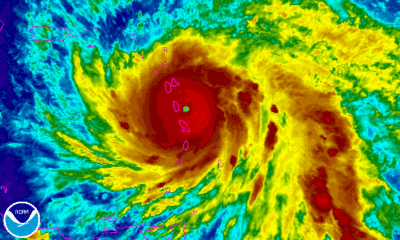
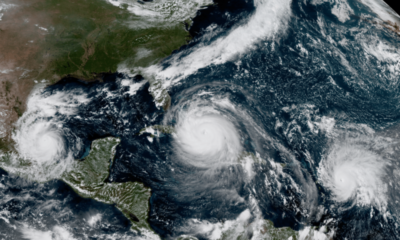
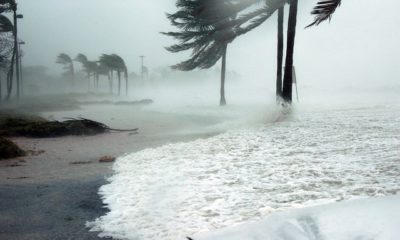
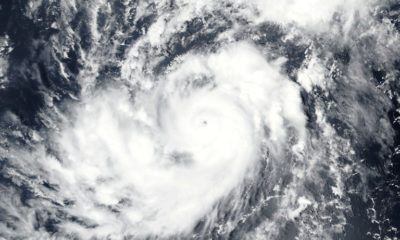
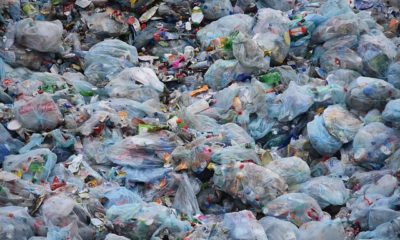
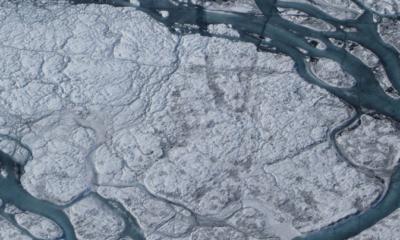







Facebook
Twitter
Pinterest
Google+
LinkedIn
Email